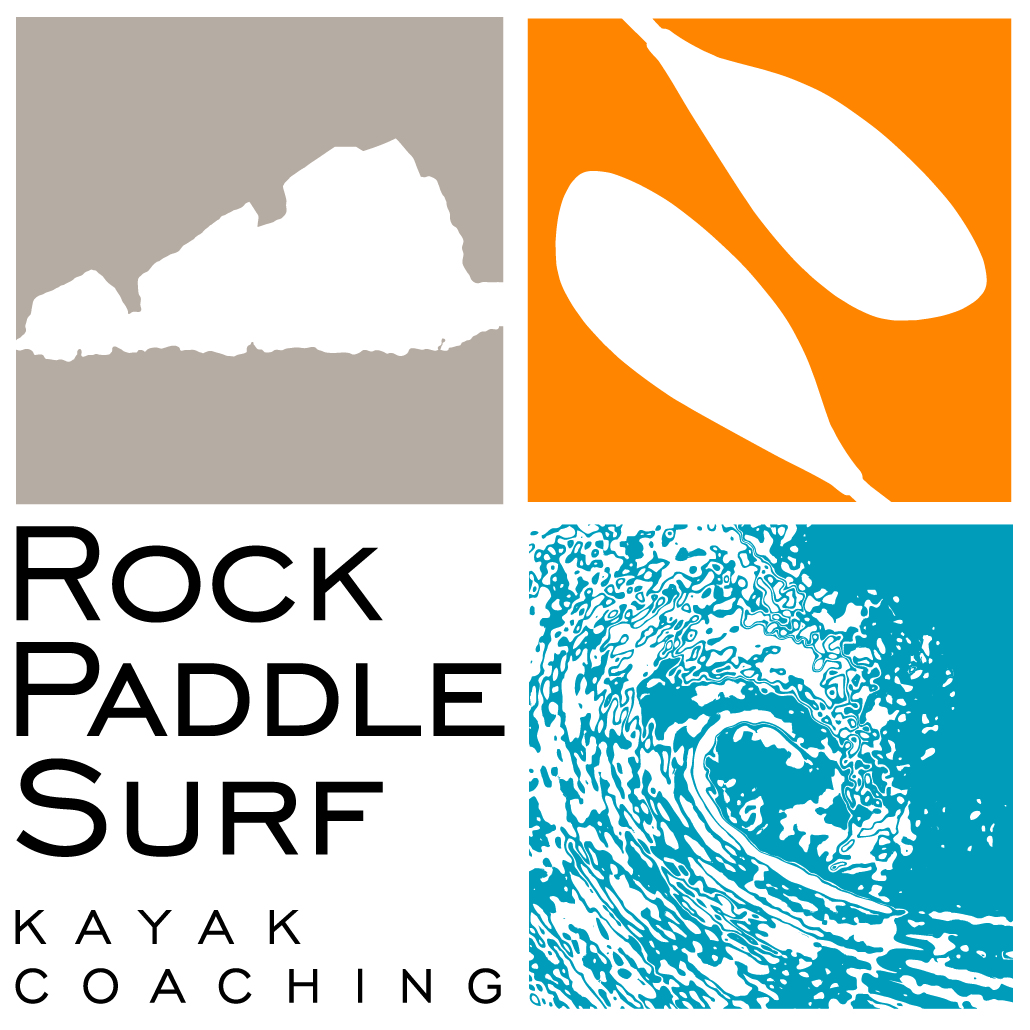Solo Paddling
If you decide you'd like to paddle on your own there are a few MUST HAVES and MUST KNOW HOW TO'S that I thought I'd share with you.
Number 1, take a self rescue's course! I can't stress this enough! If you happen to tip over in your kayak, the chances are pretty good that you could swim to shore, but have you ever practiced swimming back to shore with your boat? If not try it! Always practice your wet exits and swimming with your boat (tip, swim with it right side up) so if it happens, it won't be a big deal. However wouldn't it be nice to know how to get back in your boat? I think this is an essential skill for solo paddlers. If you don't want to spend the money on taking a class google a couple videos using the phrase "paddle float kayak re-entry" and watch some videos and then go practice it until you can do it confidently.
If you're going to paddle solo there are a few essential items you'll need to carry with you:
1) Paddlefloat (only if you learn how to use it though!)
2) Whistle
3) Bilge Pump
4) Cell Phone in a dry box or Marine VHF Radio (Coast Guard monitors channel 16)
5) 40 bucks in cash in case you have to land somewhere and take a cab home if weather conditions are such that you're not comfortable paddling back to your launch site.
6) Leave a float plan with a family member or, leave a note on your car at your launch site detailing where you're going and when you expect to be back.
Seems simple and common sense but lots of folks don't think to take these simple safety measures when paddling solo. If you get into trouble and get stranded on an island, the float plan and note will make it MUCH easier for the Coast Guard to help find you and the VHF radio and or cell phone will make it possible to contact them.
Last word of advice for you soloists! Make sure things are tied to either your or your boat . . . sticking something under a bungee won't keep it in place if a wave knocks you over . . . we like to refer to a capsize with untethered items a "garage sale" as your things float away from you :)
Number 1, take a self rescue's course! I can't stress this enough! If you happen to tip over in your kayak, the chances are pretty good that you could swim to shore, but have you ever practiced swimming back to shore with your boat? If not try it! Always practice your wet exits and swimming with your boat (tip, swim with it right side up) so if it happens, it won't be a big deal. However wouldn't it be nice to know how to get back in your boat? I think this is an essential skill for solo paddlers. If you don't want to spend the money on taking a class google a couple videos using the phrase "paddle float kayak re-entry" and watch some videos and then go practice it until you can do it confidently.
If you're going to paddle solo there are a few essential items you'll need to carry with you:
1) Paddlefloat (only if you learn how to use it though!)
2) Whistle
3) Bilge Pump
4) Cell Phone in a dry box or Marine VHF Radio (Coast Guard monitors channel 16)
5) 40 bucks in cash in case you have to land somewhere and take a cab home if weather conditions are such that you're not comfortable paddling back to your launch site.
6) Leave a float plan with a family member or, leave a note on your car at your launch site detailing where you're going and when you expect to be back.
Seems simple and common sense but lots of folks don't think to take these simple safety measures when paddling solo. If you get into trouble and get stranded on an island, the float plan and note will make it MUCH easier for the Coast Guard to help find you and the VHF radio and or cell phone will make it possible to contact them.
Last word of advice for you soloists! Make sure things are tied to either your or your boat . . . sticking something under a bungee won't keep it in place if a wave knocks you over . . . we like to refer to a capsize with untethered items a "garage sale" as your things float away from you :)
